Let's Talk: Asynchronous vs. Real-time Communication
authors are vetted experts in their fields and write on topics in which they are extremely knowledgeable. All of our content is peer reviewed and validated by world-class professionals.

Sitting in rattan chairs against a backdrop of palm trees, Nick Francis and Amir Salihefendic were the perfect picture of remote talent.
As CEOs of two remote companies, the pair were in Bali for the 2019 Running Remote Conference. As the host of the conference, I was moderating a debate between Francis, the co-founder and CEO of Help Scout, and Salihefendic, the CEO of Doist, on the issue of synchronous vs. asynchronous communication.
Examples of synchronous communication include in-person conversations, phone calls, video chats, and real-time collaboration apps. It is real-time communication between two or more people. Asynchronous communication, on the other hand, does not happen in real time. Information is provided by one team member, and the recipient sees, uses, and responds to the information in their own time. Examples include email or message boards, or even working on documents in the cloud. One person does his or her part, and others do their part according to their own schedule.
We haven’t always had the choice. Before technology, if we wanted to communicate, we spoke to each other face to face (synchronous communication). Or, after 1775, we mailed a letter (asynchronous). Communication picked up speed about 150 years ago with the advent of the telegraph and the telephone. This allowed synchronous communication to happen with fewer location barriers. Much later, the creation of the fax machine and then email expanded asynchronous business communication beyond the postal service. Today, smartphones allow us to communicate both synchronously and asynchronously, 24 hours a day.
Both synchronous and asynchronous communication continue to play a combined role in how we perform our jobs, so it's important to dig down into when and where each should be utilized.
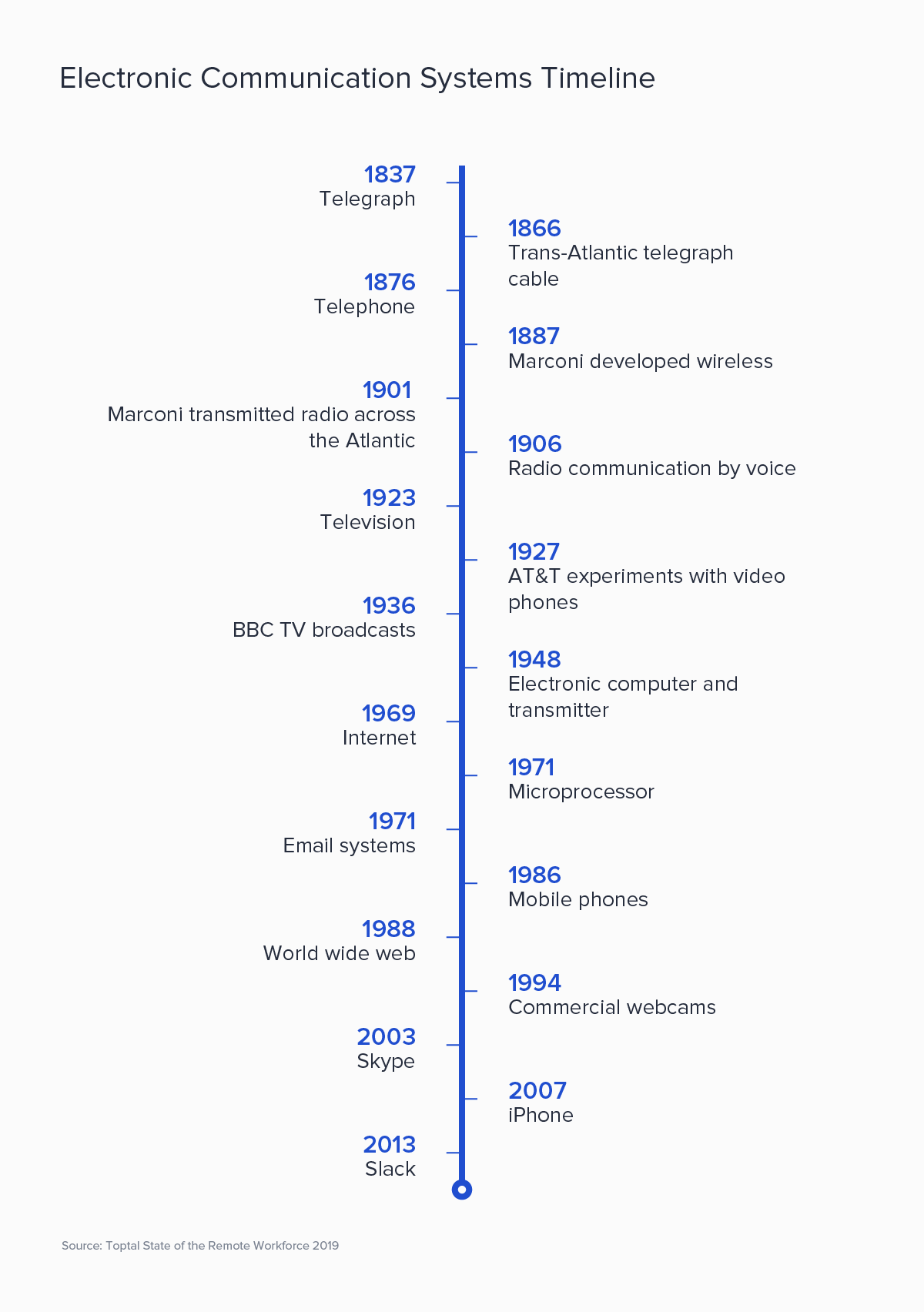
Synchronous vs. Asynchronous Communication: The Pros and Cons
Understanding the benefits and challenges of synchronous and asynchronous communication can help managers determine when each is appropriate for a given situation.
Advantages of synchronous communication include:
- Leads to immediate response or feedback. Employees don’t have a time lag between asking for and receiving input.
- Creates a friendly working environment. Real-time communication helps foster strong bonds and support company culture.
- Provides more interaction. Employees can more easily jump into the conversation and help to solve problems.
- Production continues. With issues addressed immediately, production isn’t slowed while waiting for an answer.
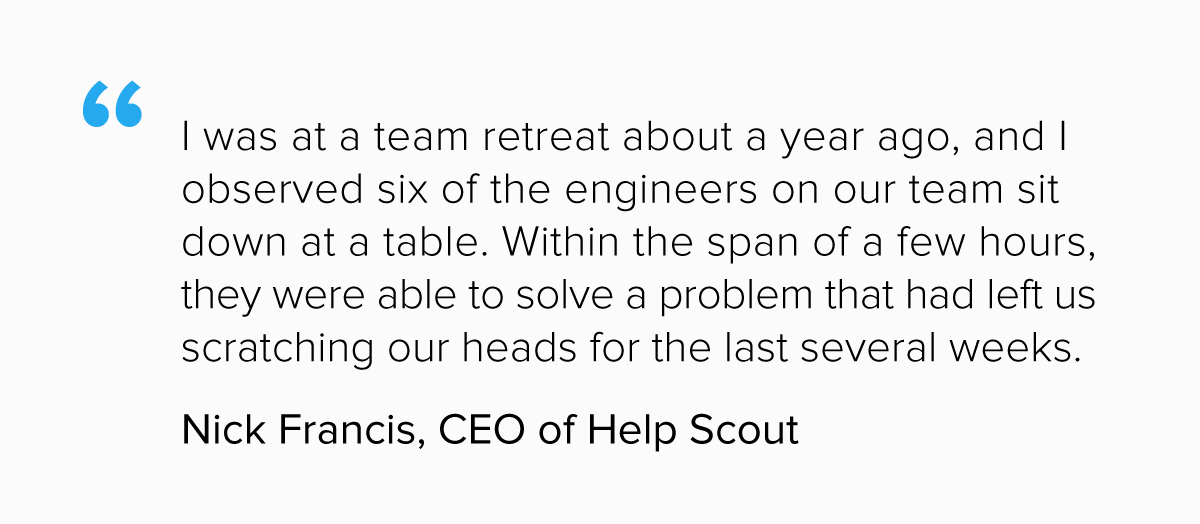
However, synchronous communication also has disadvantages, including:
- Less productivity. Although the ability to get an instant response keeps productivity going, constant interruptions from Slack messages can keep employees from focusing on the task at hand.
- Eroding work-life balance. For fully remote teams, with members across various time zones, the best time for synchronous communication for one member may not be optimal for another. This can easily thrust work-related communications into home life.
- Lack of reflection. It’s easy to react instantly and emotionally, without thinking clearly about the words or tone used. Additionally, the fastest person to speak out may be the only one heard, with less vocal team members or those whose native language is not the predominant team language never having the chance to add their own insights.
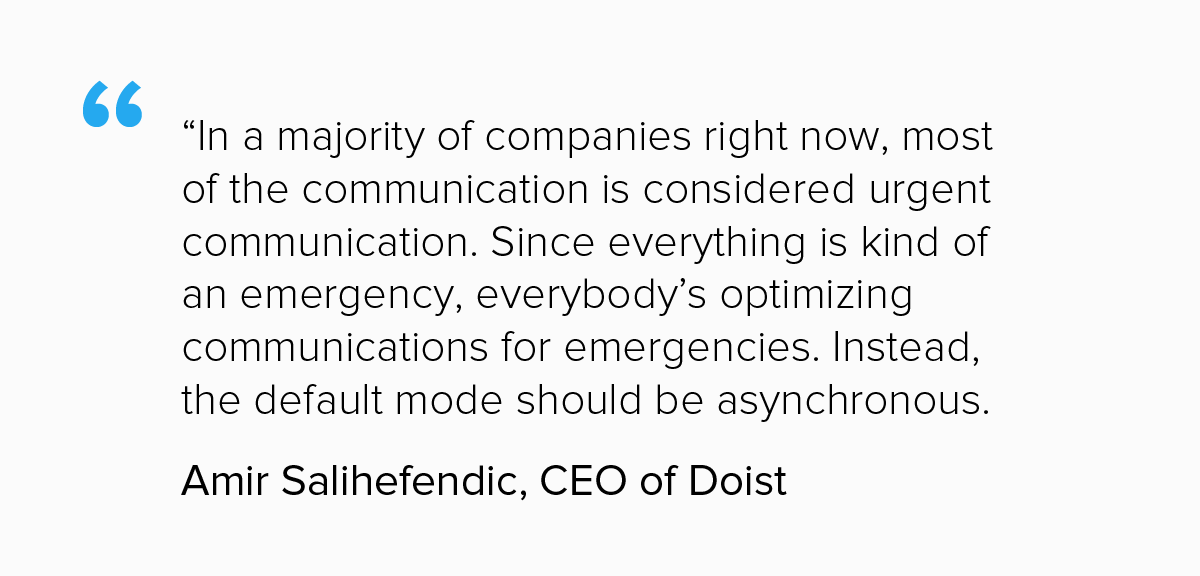
Next, it is worth considering the advantages of asynchronous communication, which solves many of the problems created by synchronous communication. However, it also surrenders the benefits.
Asynchronous communication isn’t in real time, so an email doesn’t have to interrupt an employee’s work-life balance or productivity; the form also enables thoughts and reactions to be more fully realized before they are communicated.
On the other hand, production will come to a stop if the team has to wait for an answer. Because of the time lag, communicating through asynchronous channels must be clear and thorough. A poorly worded email could easily require another round or two of emails to clarify. If each email has a 12-hour lag time, getting to a solution could take days.
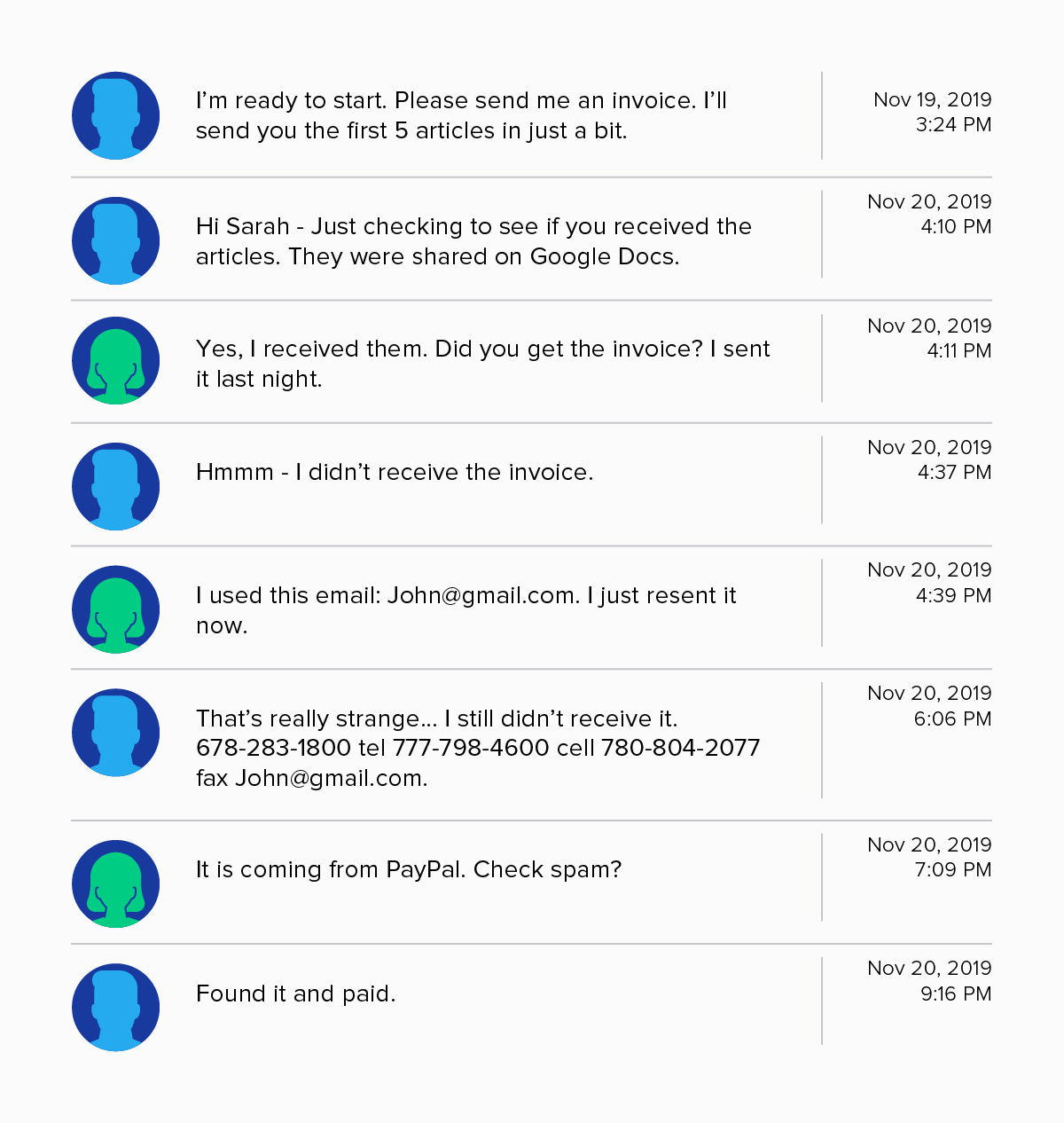
Applying the Right Kind of Communication
Back in Bali, Salihefendic believes asynchronous communication should be the default communication for business -- mostly. “We banned almost all synchronous communication and banned almost all meetings. And it didn’t work,” said Salihefendic. “So when we say asynchronous by default, we mean 60 percent to 70 percent of communications should happen asynchronously. But you still need the human element.” At Doist, Salihefendic and his employees use the pyramid of remote team communication to determine when to use which type of communication.
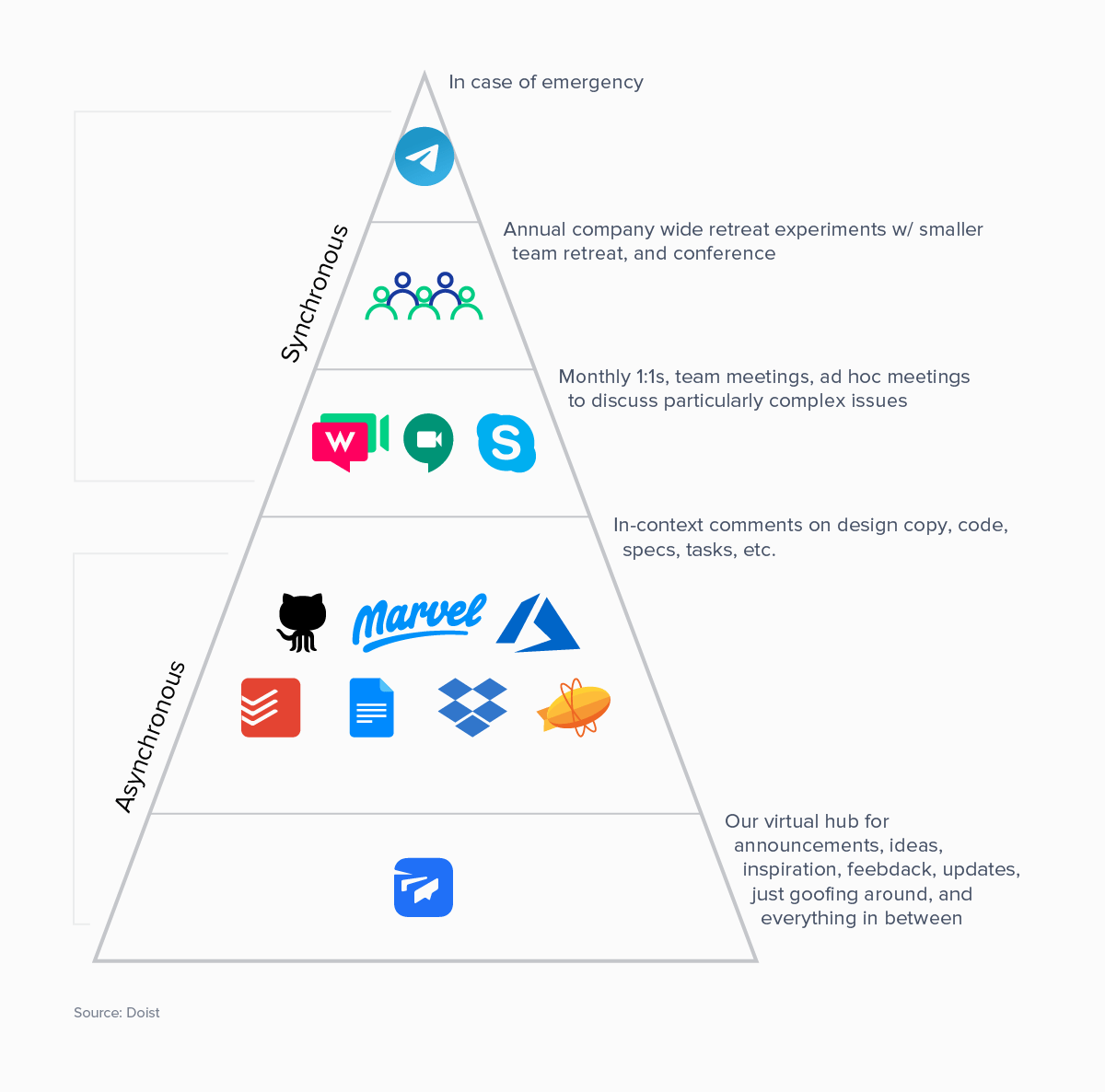
As a general rule, urgent communication should be synchronous, while non-urgent communication should be asynchronous. An urgent synchronous communication example would be a phone call to discuss a time-sensitive issue. However, the two forms of communication could be combined: The synchronous phone call could be followed by an email to summarize what was discussed, reinforcing accuracy.
Synchronous vs. Asynchronous Communication Solutions
Once an organization determines which type of communication to use, it is time to pick the right app or software. Below are a few of the top synchronous apps available today:
- Flock: Offers direct messaging, personal space, team-based channels, shared to-dos, reminders, and polls, all of which help keep teams on the same page.
- Slack: Chat, video conferencing, and integrations with productivity tools.
- Zoom: Video and web conferencing, private and group messaging, and screen share.
- Glip: Chat with a tool for video and audio, screen sharing, task manager, calendar, and notes.
- Microsoft Teams: Workplace chat, video meetings, file storage, and collaboration.
In addition to apps, Francis and Salihefendic suggest the following synchronous activities to build team cohesiveness:
- Spontaneous face-to-face chats. “I have six to eight spontaneous, five to 10 minute synchronous face-to-face chats where a decision is made or critical feedback is given. I can deliver a message better and with more context over the course of a few minutes. Whereas with Slack or a more asynchronous medium like email, a conversation could go 30 minutes or even days.” -- Nick Francis
- Pairing. A programming technique in which one person writes code and the other reviews it. “At any given time, 24 hours a day, there are probably two engineers at Doist that are pairing.” -- Amir Salihefendic
- Create a Fika, which is a Swedish term for having a pastry and coffee together. This can happen through a Slack plugin called Donut. “Every week I'm doing a Fika with somebody on the team. We get on a video call and get to know each other and try not to talk about work.” -- Nick Francis
Asynchronous apps to consider, in addition to email, include:
- OneDrive: Allows access to share and collaborate on all files from anywhere.
- Google Docs: Create and edit shared documents. It includes a real-time chat feature for synchronous communication.
- Miro: Online whiteboard that can be used both asynchronously and synchronously.
- Twist: Uses clearly titled threads to allow users to read in their own time and a powerful search to find any topic easily.
Ultimately, it’s not the tool that creates good communication, but how the tool is used. As technology continues to evolve, so will our forms of synchronous and asynchronous communication.
